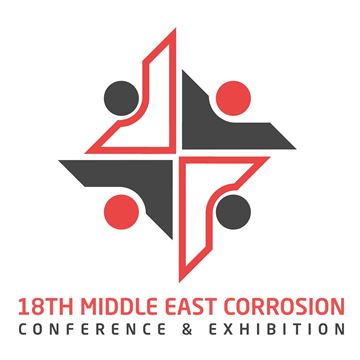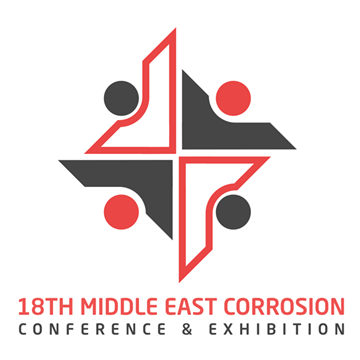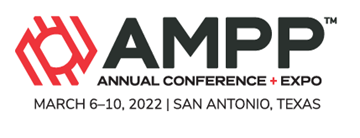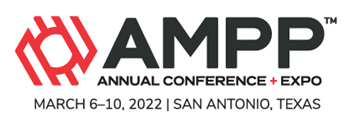Search
AMPP Conference Papers
View as
Sort by
Display
per page
Validation of a New Thin-Film Culture Device for Detecting Sulfate-Reducing Microbial Species
Product Number:
MECC23-19975-SG
Publication Date:
2023
$20.00
Validation of an Optimized qPCR Workflow for MIC Risk Identification and Oilfield Microbial Monitoring
Product Number:
MECC23-20130-SG
Publication Date:
2023
$20.00
Valves In Hydrogen Gas Transport: The Challenges Of The Energy Transition
Product Number:
51323-19525-SG
Publication Date:
2023
$20.00
Variables That Can Affect Pull Off Adhesion of Coatings
Product Number:
51323-19147-SG
Publication Date:
2023
$20.00
Very High Strength Low Alloy Steels For HPHT Applications
Product Number:
51322-17721-SG
Publication Date:
2022
$20.00
Vintage Pipeline Enhanced Corrosion Management Analysis
Product Number:
51324-21127-SG
Publication Date:
2024
$40.00
Visualizing Correlations of Water Quality and Cathodic Protection Parameters
Product Number:
51323-19333-SG
Publication Date:
2023
$20.00
Waterborne Direct-to-Metal Coating Application Development for Bridge Applications
Product Number:
51323-19032-SG
Publication Date:
2023
$20.00
Watermain Breaks - Materials Does Matter
Product Number:
51323-19290-SG
Publication Date:
2023
$20.00
Wear Performance Evaluation Of Chrome Carbide Overlays (Ccos)
Product Number:
51322-17748-SG
Publication Date:
2022
$20.00
Weathering Of Industrial Coatings: Correlation Between Three Years Outdoor Florida Exposure And Four Accelerated Weathering Methods
Product Number:
51323-18869-SG
Publication Date:
2023
$20.00












